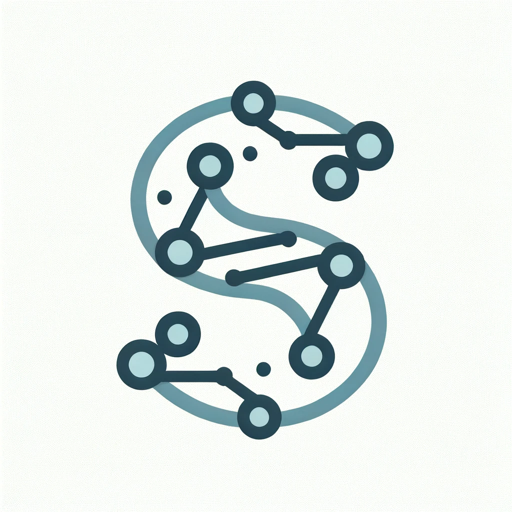Frequently Asked Questions about Saiku
This FAQ provides answers to common questions about Saiku, its functionalities, usage, and more. It’s a quick resource to help you get acquainted with Saiku and resolve common queries.What is Saiku?
Saiku is an AI-driven tool designed to automate various tasks using advanced AI models like OpenAI GPT-4. It’s built with a focus on modularity and flexibility, allowing for extensive customization and integration.Who can use Saiku?
Saiku is suitable for developers, AI enthusiasts, and organizations looking to integrate AI capabilities into their projects. Its modular design makes it adaptable for a wide range of applications.Is Saiku free to use?
Yes, Saiku is released under the MIT License, which is a permissive free software license. This allows for free use, modification, and distribution of Saiku in both personal and commercial projects.How do I contribute to Saiku?
Contributors can fork the repository, create feature branches, commit changes, and submit pull requests. We welcome contributions in the form of code, documentation updates, bug reports, and feature suggestions.Can I integrate Saiku with other services?
Yes, Saiku’s architecture allows for the integration of various services and APIs, including Google Services and different Language Learning Models (LLMs).Are there any costs associated with using Saiku?
While Saiku itself is free, using external APIs like OpenAI within Saiku may incur costs. It’s important to be aware of the rate limits and costs associated with these APIs to avoid unexpected charges.How is the Agent in Saiku used?
The Agent in Saiku acts as the central coordinator, managing interactions, processing inputs, and executing tasks. It’s the core component that interfaces with the LLMs and executes defined actions.If you have further questions about Saiku, feel free to reach out to the community or check out our detailed documentation for more information.
We hope this FAQ addresses some of your initial questions about Saiku. For more detailed information, please refer to the other sections of our documentation.
